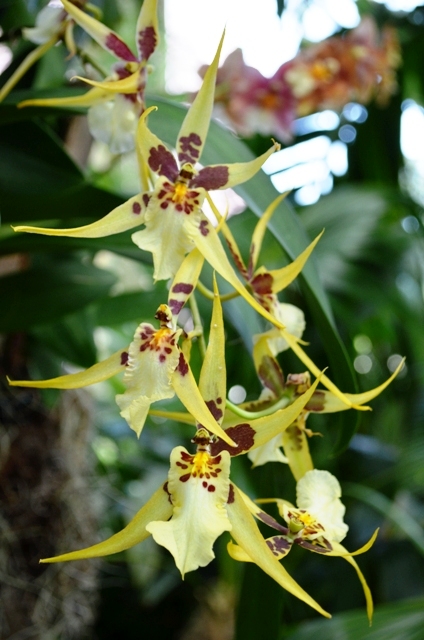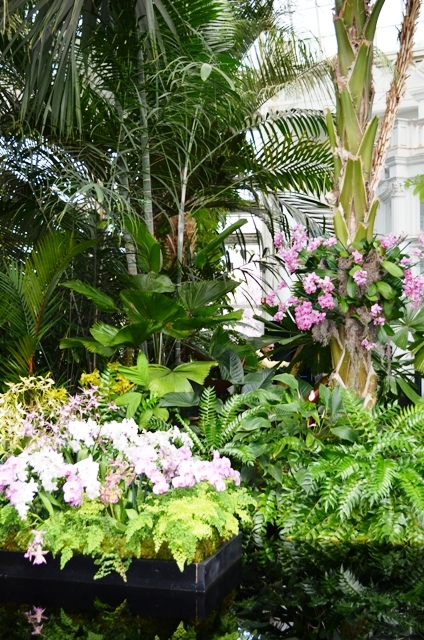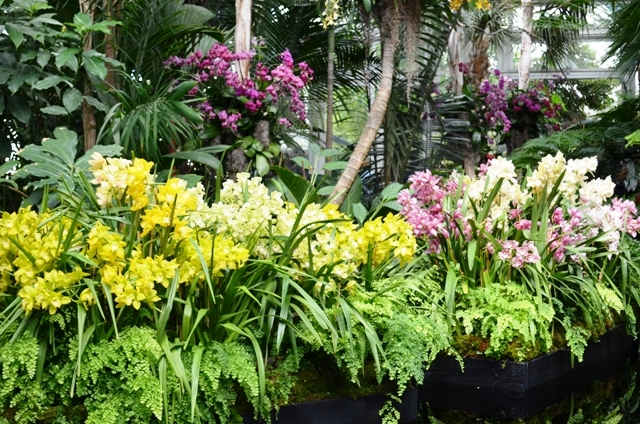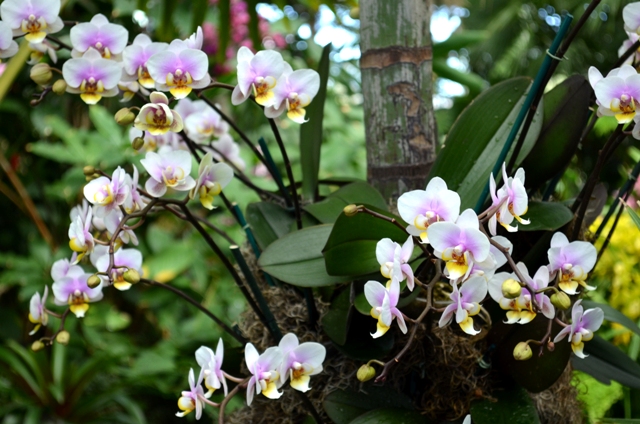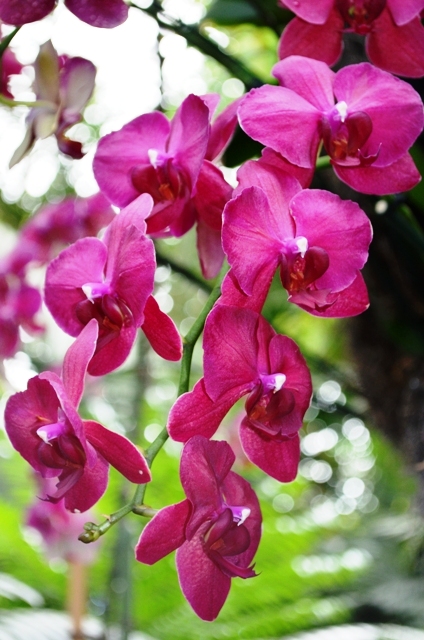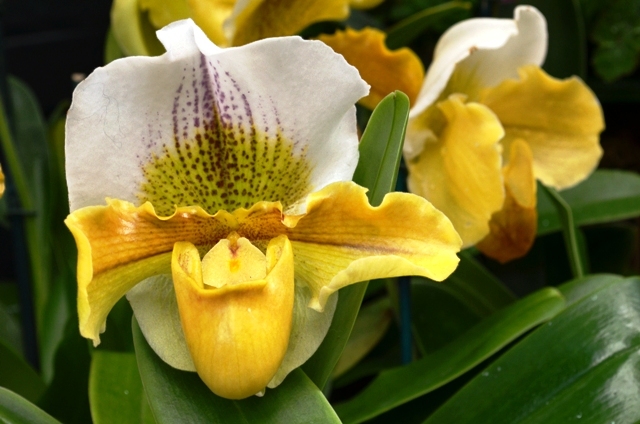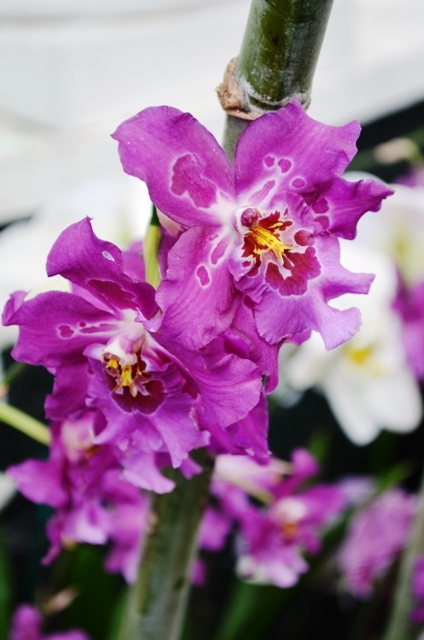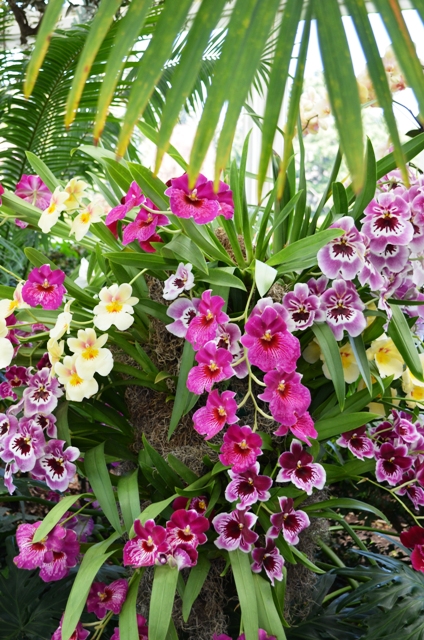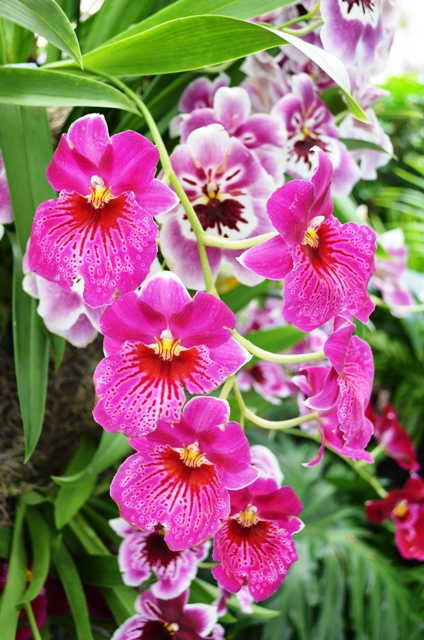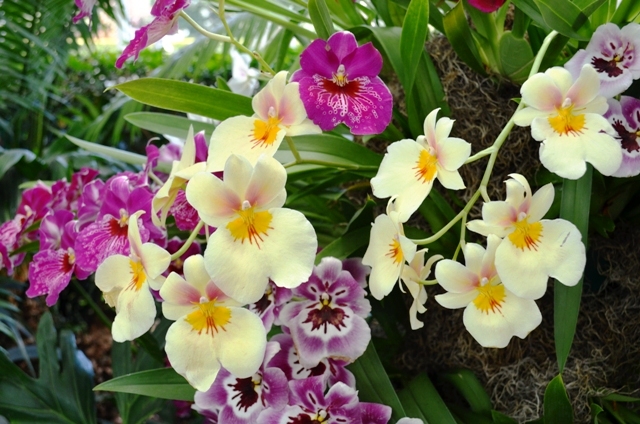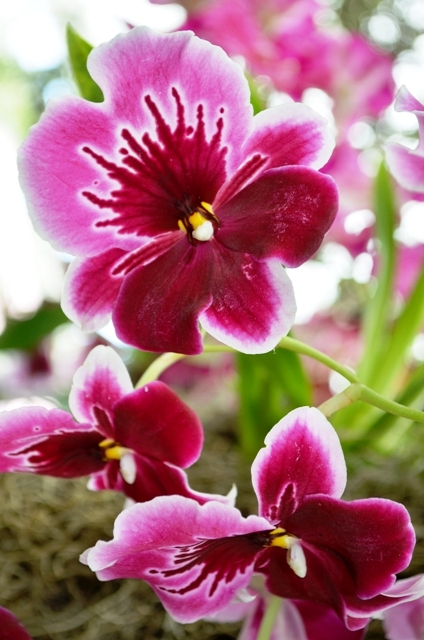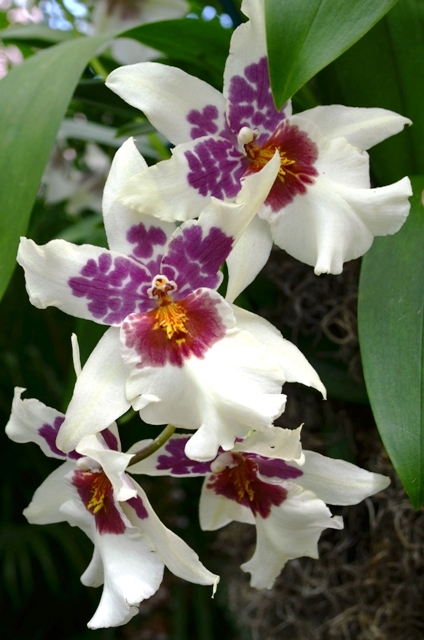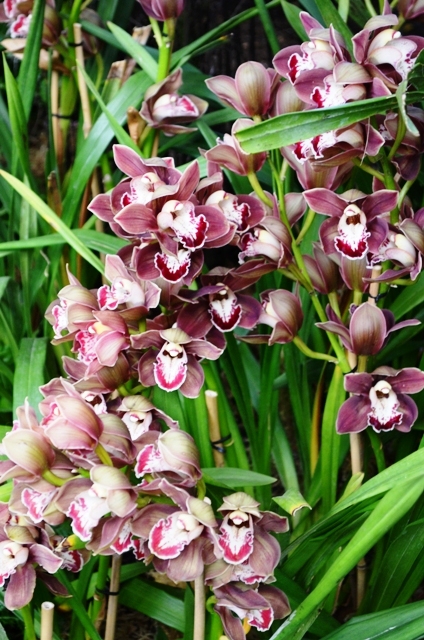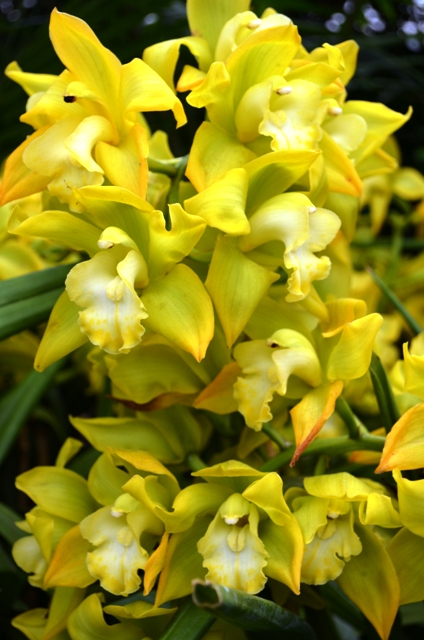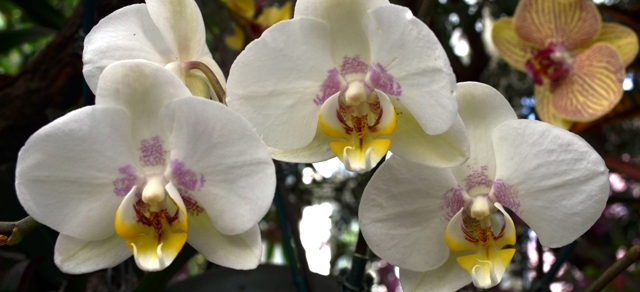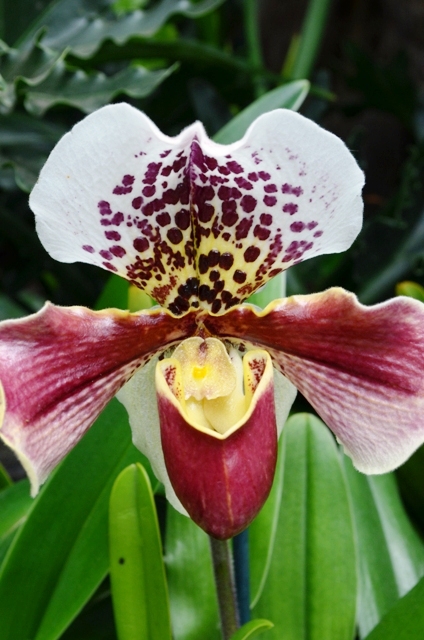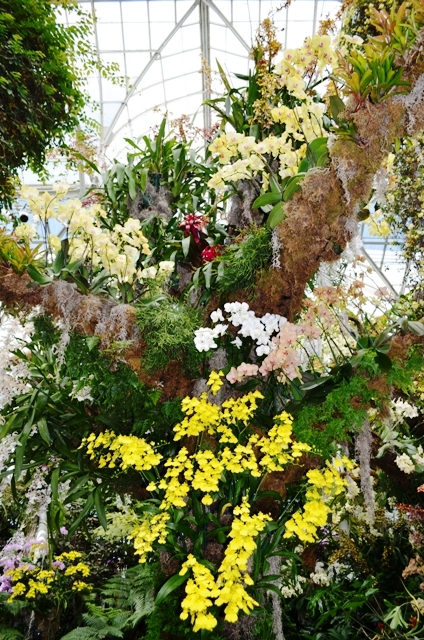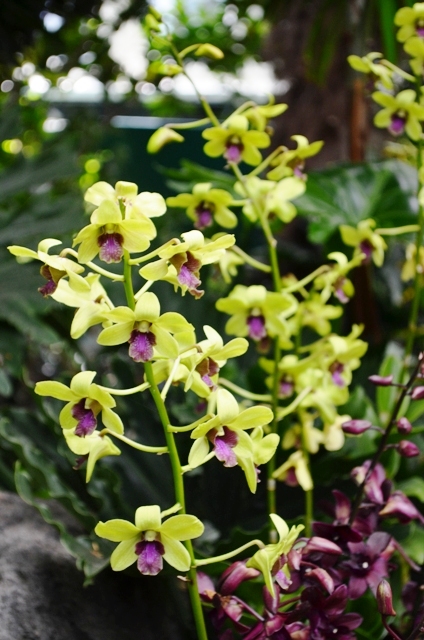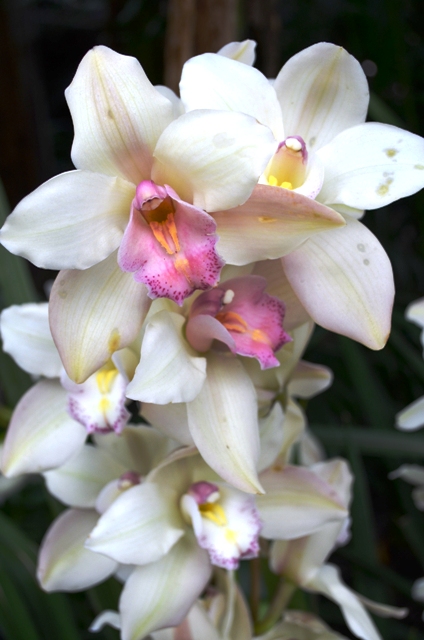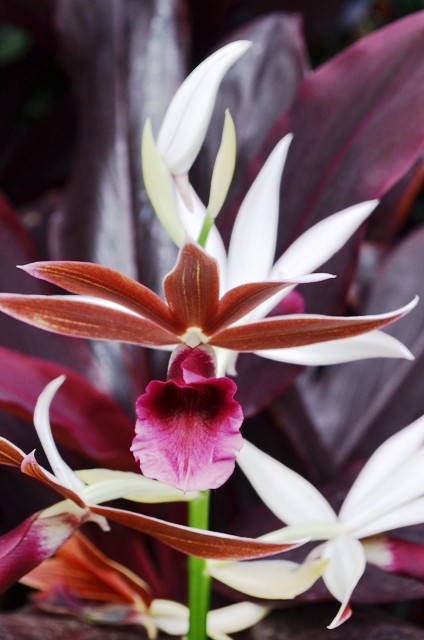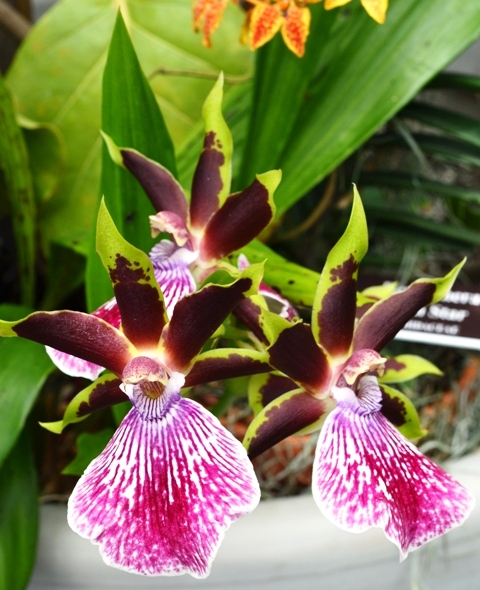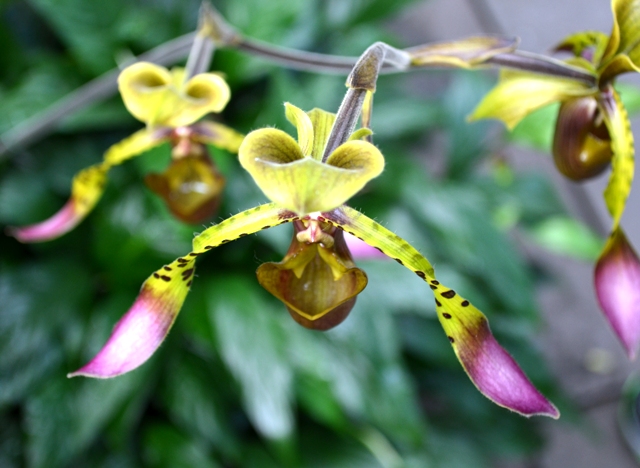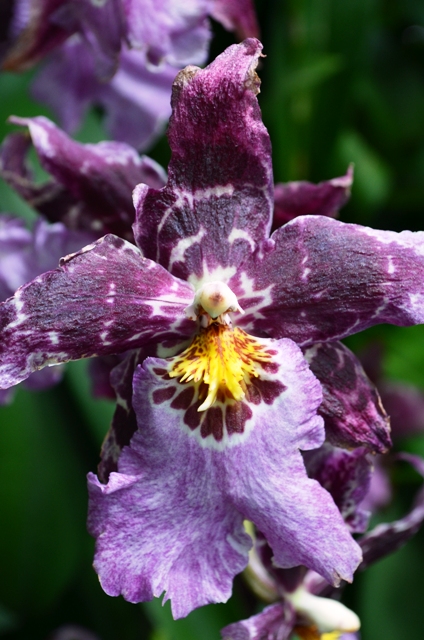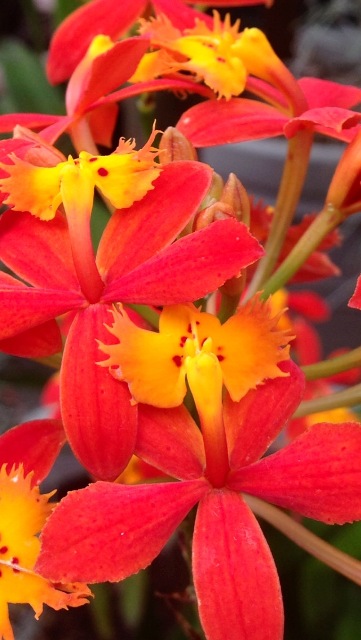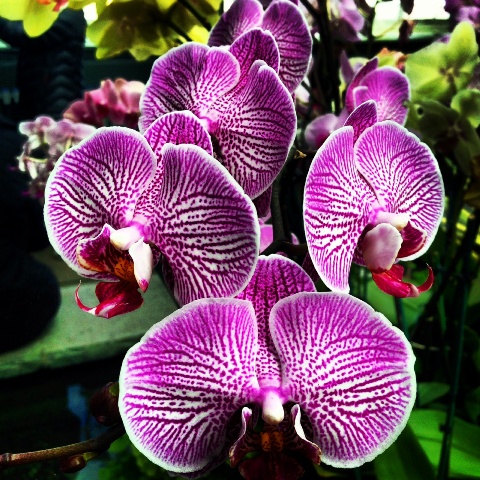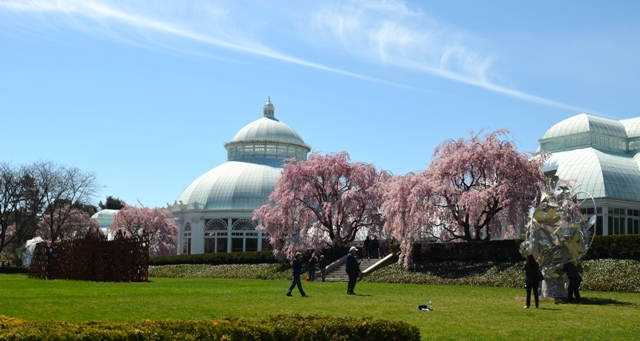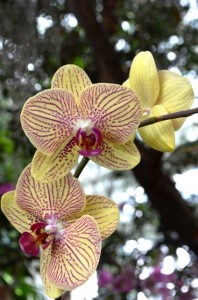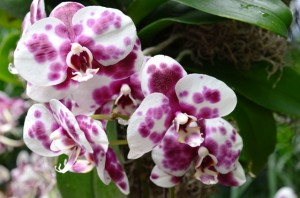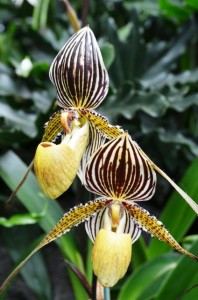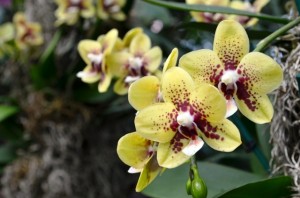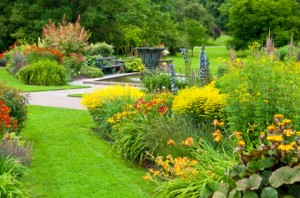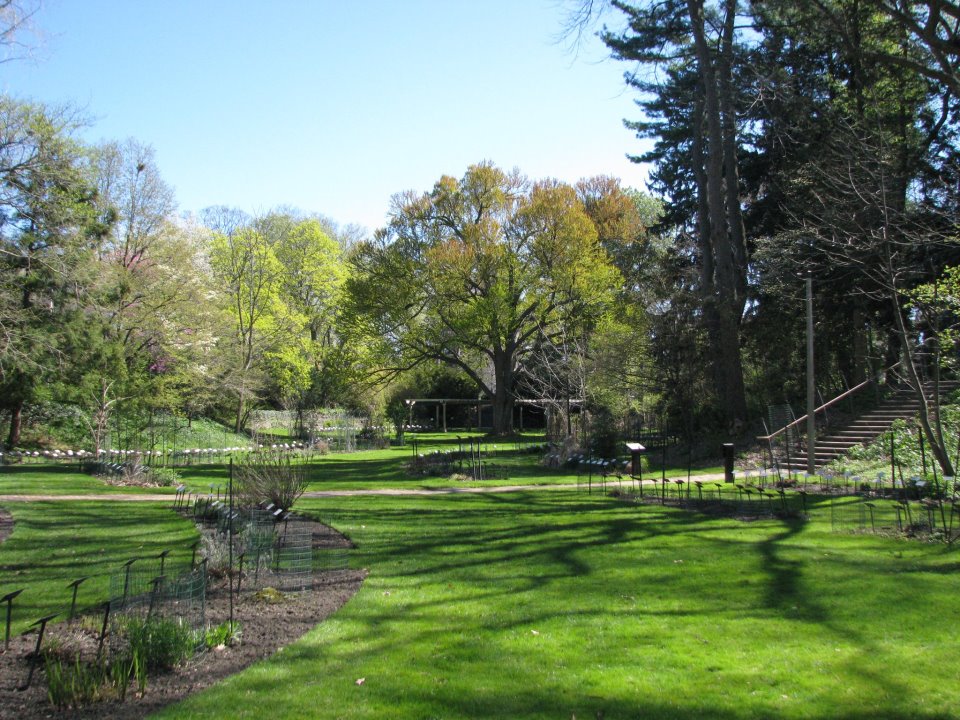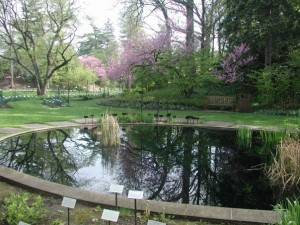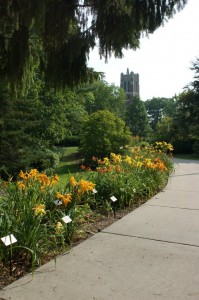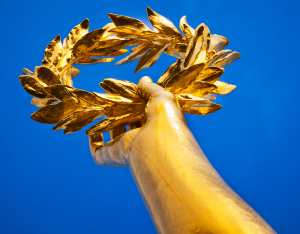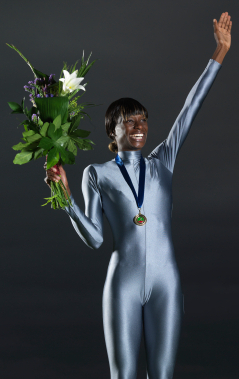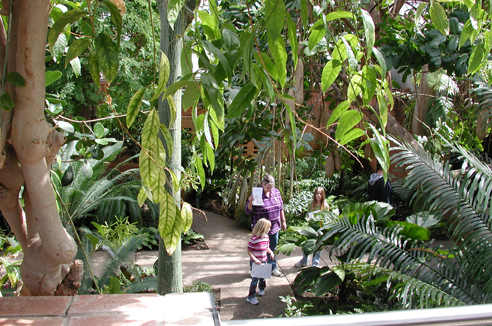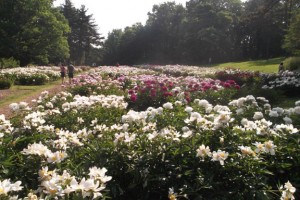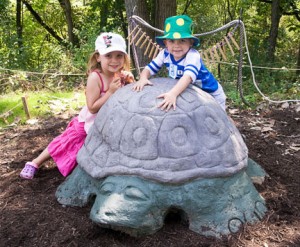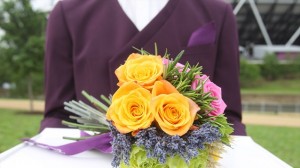Every spring, the New York Botanical Garden (NYBG) is transformed into a dazzling showcase for one of the world’s most beautiful and exotic flowers: the orchid. This year, for the 11th straight year in a row, the biggest orchid show in the United States celebrates this bewitching flower by displaying tens of thousands of its blooms in every shape, size and color imaginable, from deep purple Vandas to electric green Cymbidiums.
The Orchid Show was first created as a colorful kickoff to the spring season, during which NYBG visitors could escape their urban surroundings and learn more about the exciting research and many breathtaking exhibits being hosted at the garden.
“We were looking for a display that could help brighten up the gray days of winter and be a perfect prelude to our spectacular outdoor spring displays,” says Marc Hachadourian, orchid curator and manager of the Nolen Greenhouses for Living Collections at NYBG. “Orchids seemed a natural choice. They have come to symbolize many things: Most people associate them with the exotic and unusual, and some consider certain orchids to be an aphrodisiac. During the last few days of winter—when people are really craving warmth, color and flowers—it is the perfect place to visit and immerse yourself. Being surrounded by thousands of colorful and fragrant blooms in one of the greatest glasshouses in the world is the best way to spend a day.”
This year, designer and horticultural expert Francisca Coelho fashioned the NYBG’s Enid A. Haupt Conservatory into a lush rainforest with towering palm trees and exotic foliage. The 2013 show was inspired by Coelho’s upbringing in the tropics of Trinidad, and it took more than a year to plan and about two weeks to set up. The tropical paradise overflowed with the rarest and most exquisite orchids from every corner of the globe.
“Two of the most unusual might be the Butterfly orchid, or Psychopsis—with blooms that look exactly like a butterfly in flight, even down to the antennae—or the Darwin’s Star orchid from Madagascar, with its white flowers and 12-inch nectar spur,” says Hachadourian. “Phalaenopsis orchids are also wonderful because their flowers can last several months under ideal conditions, outlasting any flowering plant or certainly cut flowers. I love to give them as gifts for that reason alone.”
Aside from being surrounded by these stunning blossoms, NYBG Orchid Show visitors were also able to learn how to care for orchids at home, enjoy soothing music from all over the world, and unwind with an evening of delicious cocktails.
Of course, with its magical collection of one of our most beloved flowers, this show was one we simply had to experience in person. Here are the photos from our blissful stroll through orchid heaven!
